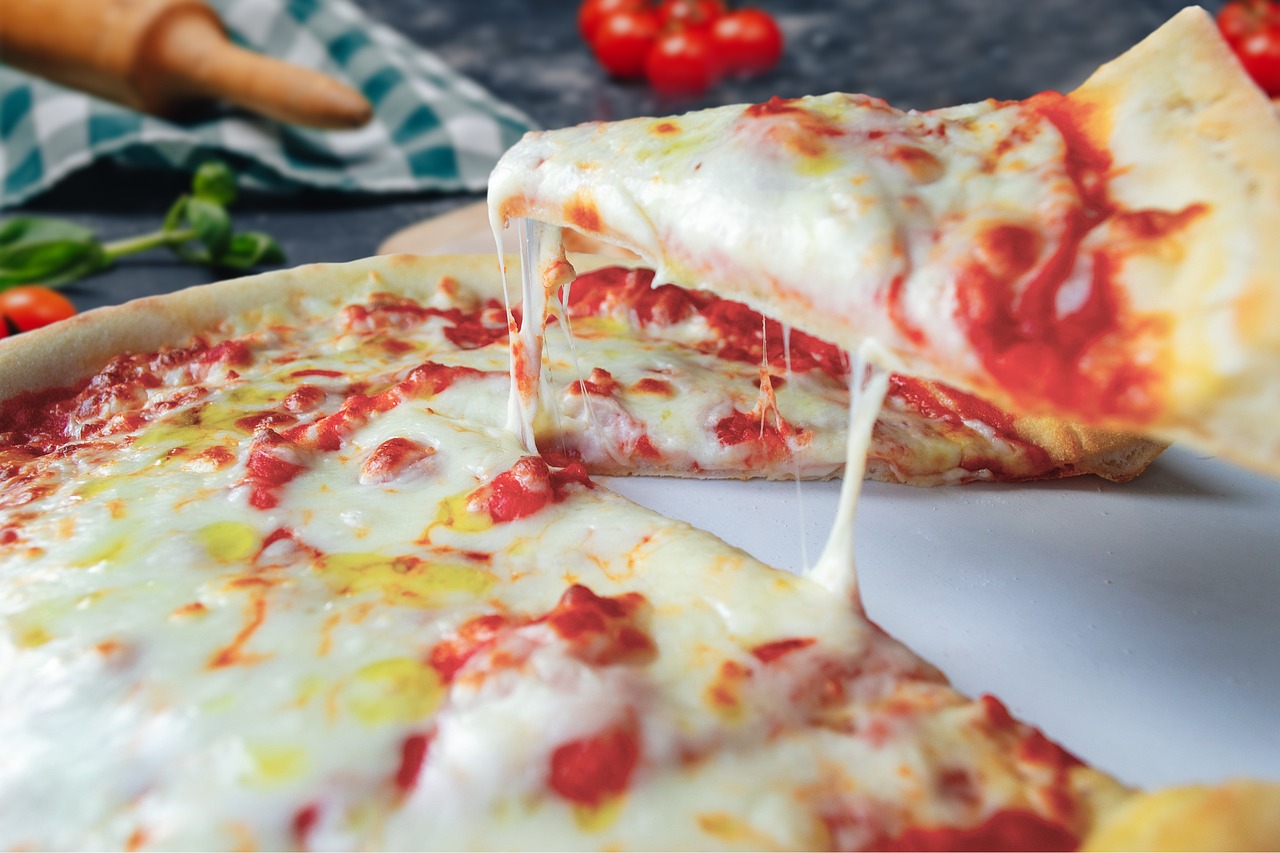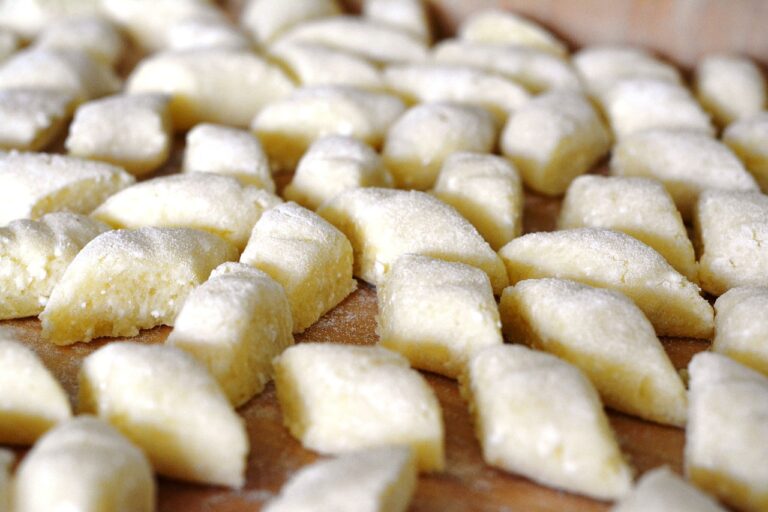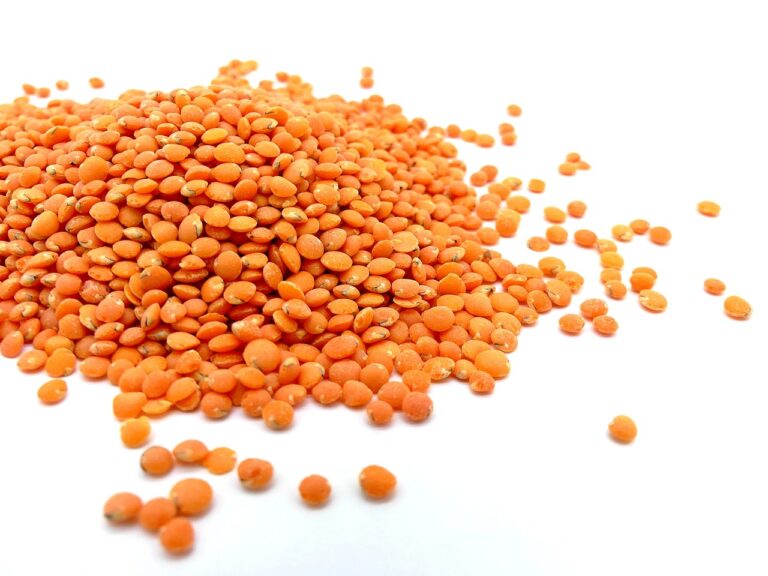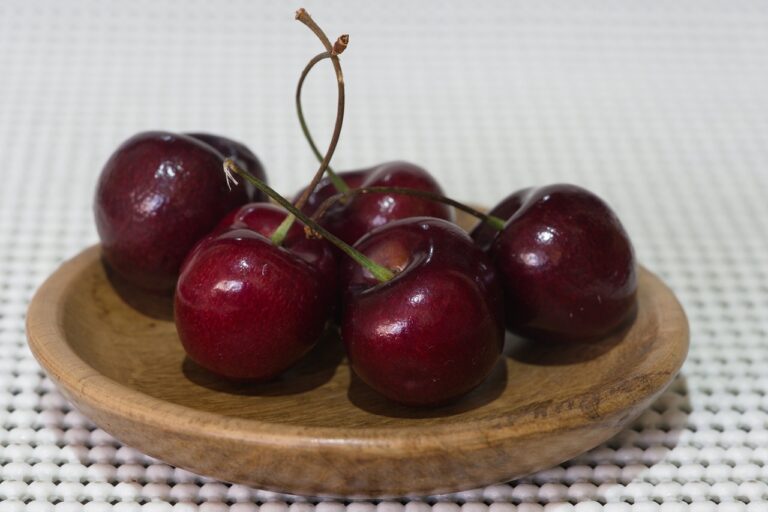The Evolution of Food Technology Innovations
Preserving food has been a vital practice throughout history to prevent spoilage and extend the shelf life of perishable items. One crucial innovation in food preservation is the advent of canning, pioneered by French chef Nicolas Appert in the early 19th century. By sealing food in airtight containers and subjecting them to heat, Appert discovered a method that could significantly prolong the longevity of various food products.
Another key advancement in food preservation is the development of refrigeration technology. The ability to keep food cold or frozen inhibits the growth of bacteria and slows down the process of decay. This innovation has revolutionized the way food is stored and transported, enabling fresh produce to be available year-round and minimizing food waste.
Revolutionizing Food Packaging Techniques
In recent years, the food packaging industry has witnessed a significant transformation with the introduction of innovative techniques. One such advancement is the use of active packaging, which involves incorporating substances that help extend the shelf life of food products. These active agents can absorb oxygen, release antioxidants, or inhibit microbial growth, ensuring the freshness and quality of the packaged goods for a longer period.
Moreover, the development of smart packaging has revolutionized how food products are stored and monitored. Smart packaging includes features like time-temperature indicators, gas sensors, and QR codes that provide real-time information about the product’s condition and history. This technology not only helps in maintaining the integrity of the food but also enhances transparency and traceability throughout the supply chain.
What are some key innovations in food preservation?
Some key innovations in food preservation include vacuum packaging, modified atmosphere packaging, and active packaging technologies.
How do vacuum packaging techniques help in food preservation?
Vacuum packaging helps in removing air from the food packaging, which helps in preventing the growth of microorganisms and extends the shelf life of the food.
What is modified atmosphere packaging (MAP) and how does it revolutionize food packaging techniques?
Modified atmosphere packaging involves changing the composition of gases within the packaging to slow down the deterioration of the food. This helps in maintaining the freshness of the food for a longer period.
Can you explain how active packaging technologies work in food preservation?
Active packaging technologies involve incorporating substances into the packaging materials that actively interact with the food to extend its shelf life. This can include antimicrobial agents, oxygen scavengers, and ethylene absorbers.
How do these food packaging techniques contribute to reducing food waste?
By using innovative food packaging techniques like vacuum packaging, MAP, and active packaging technologies, food products can be preserved for longer periods, reducing the chances of spoilage and ultimately contributing to a reduction in food waste.







